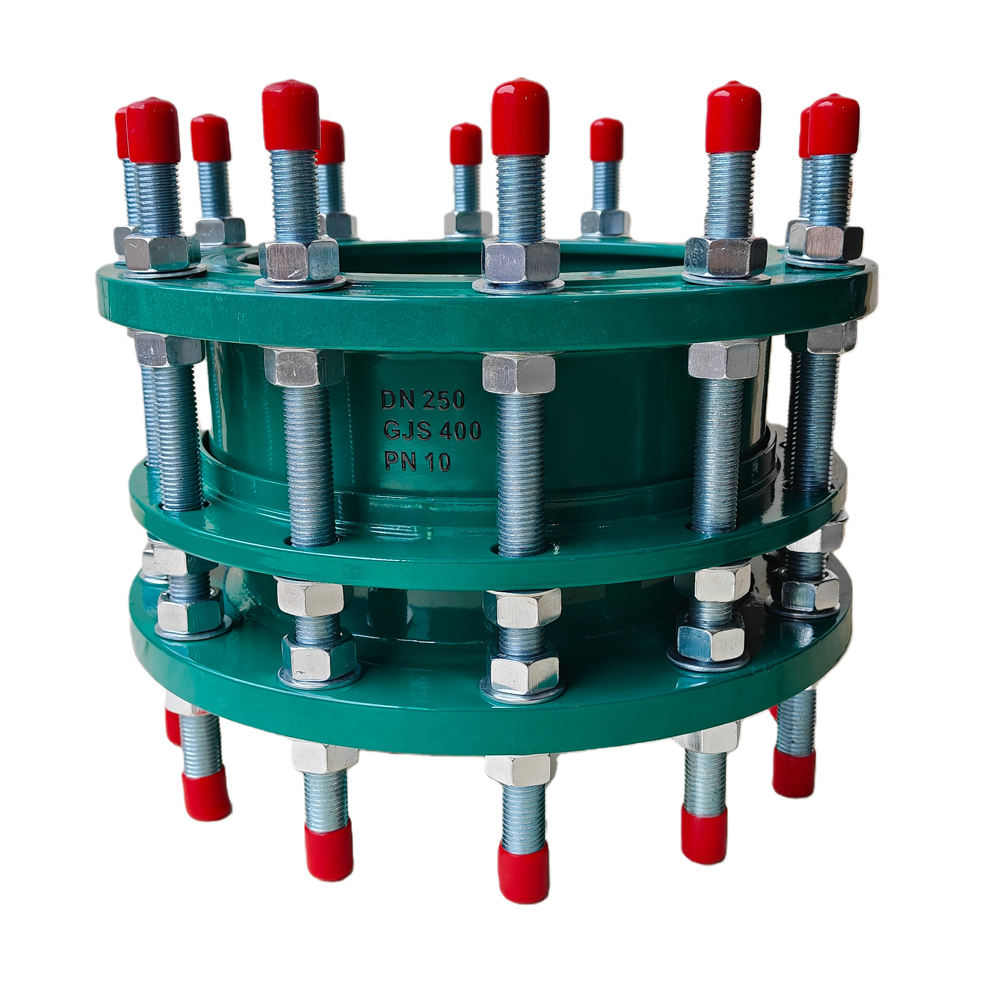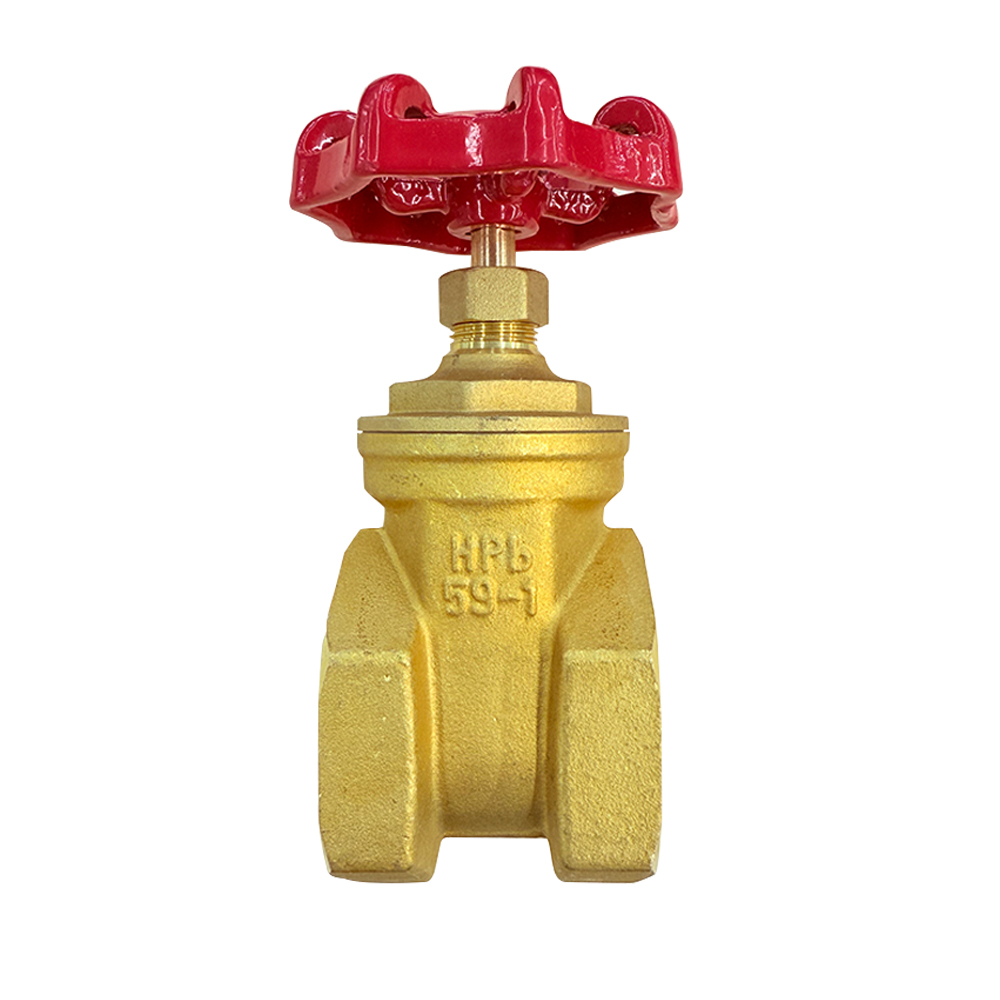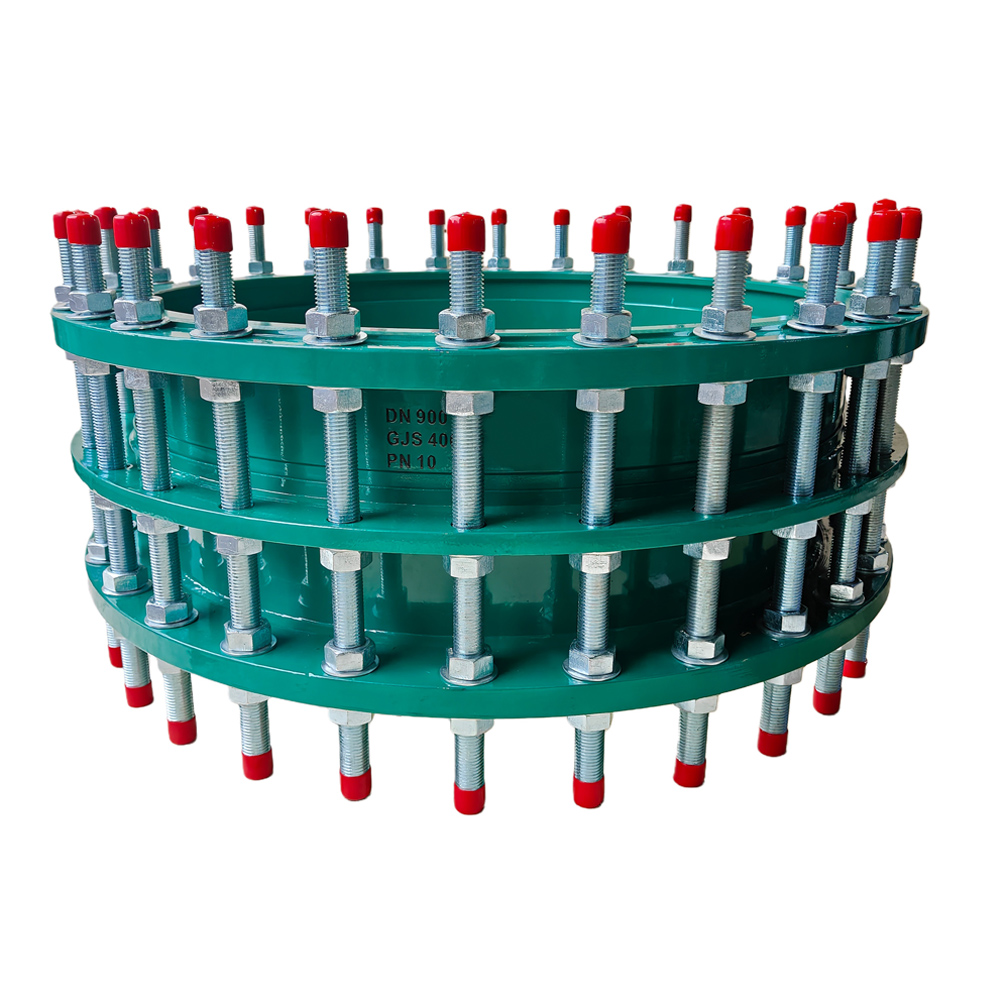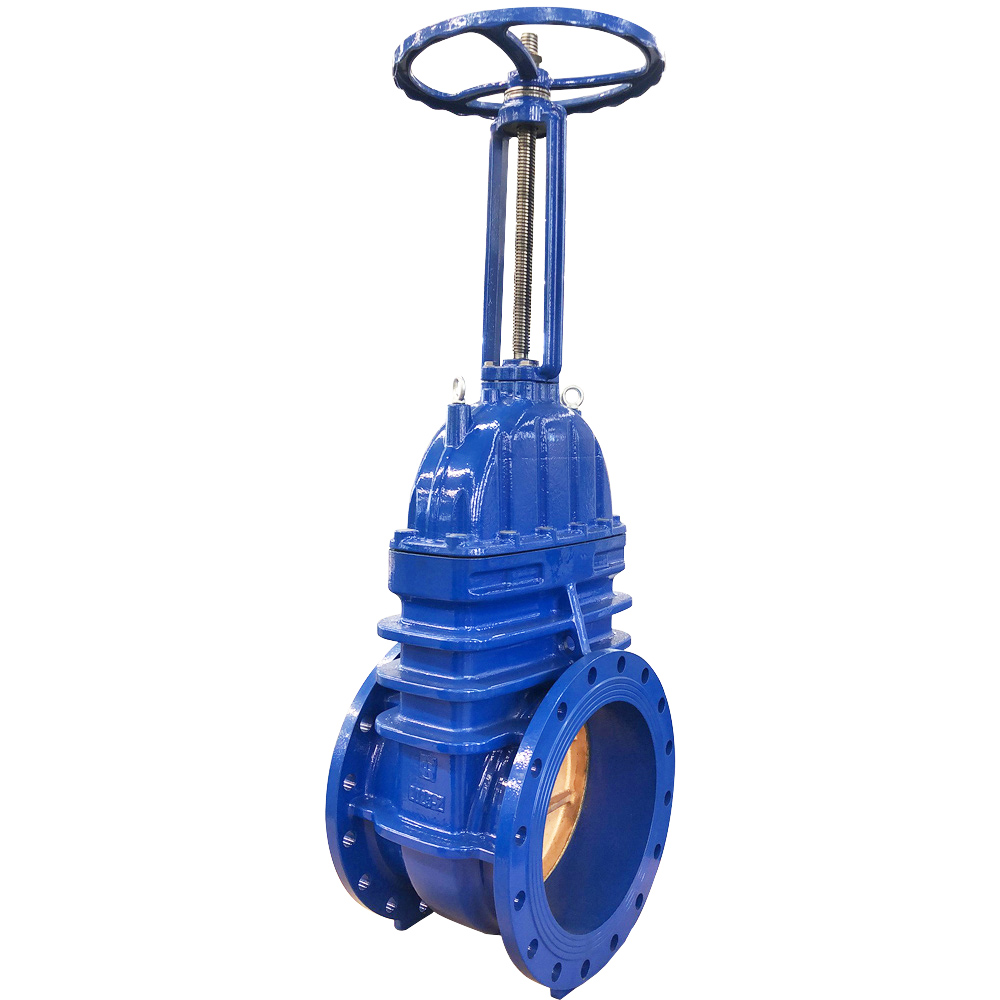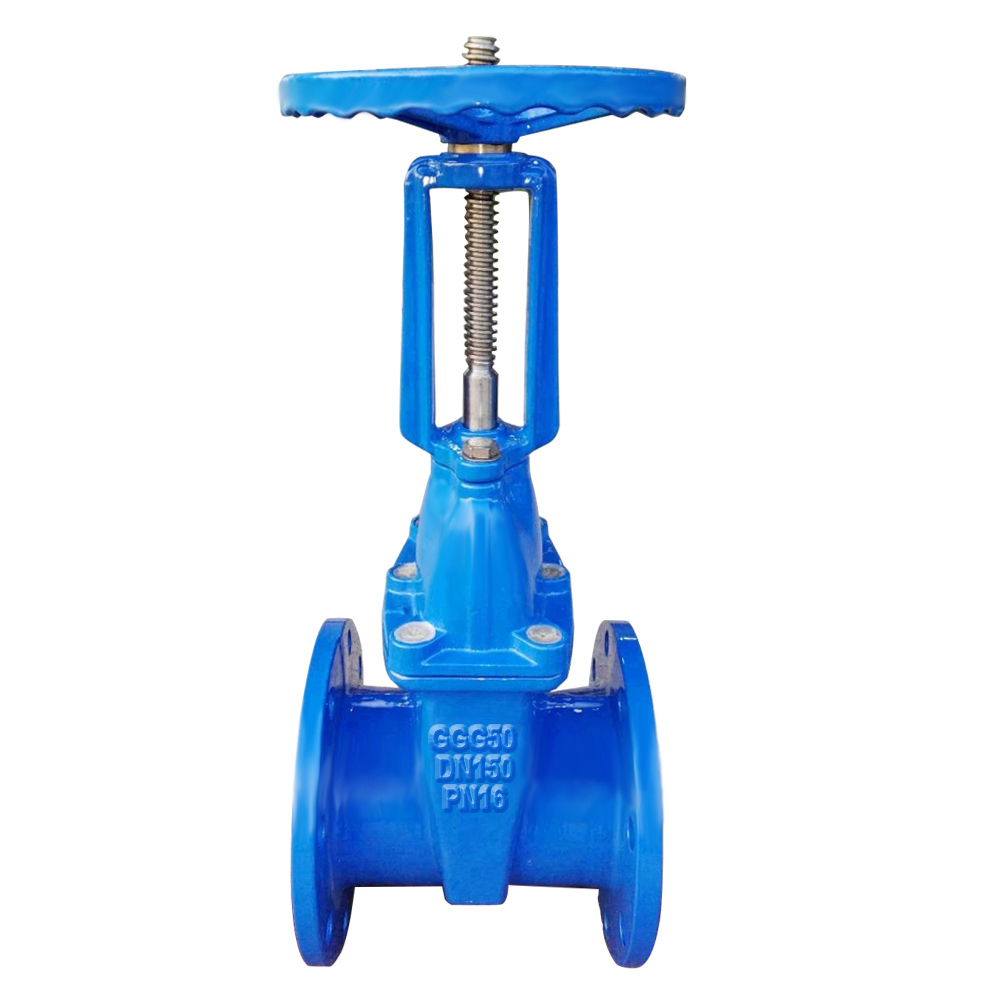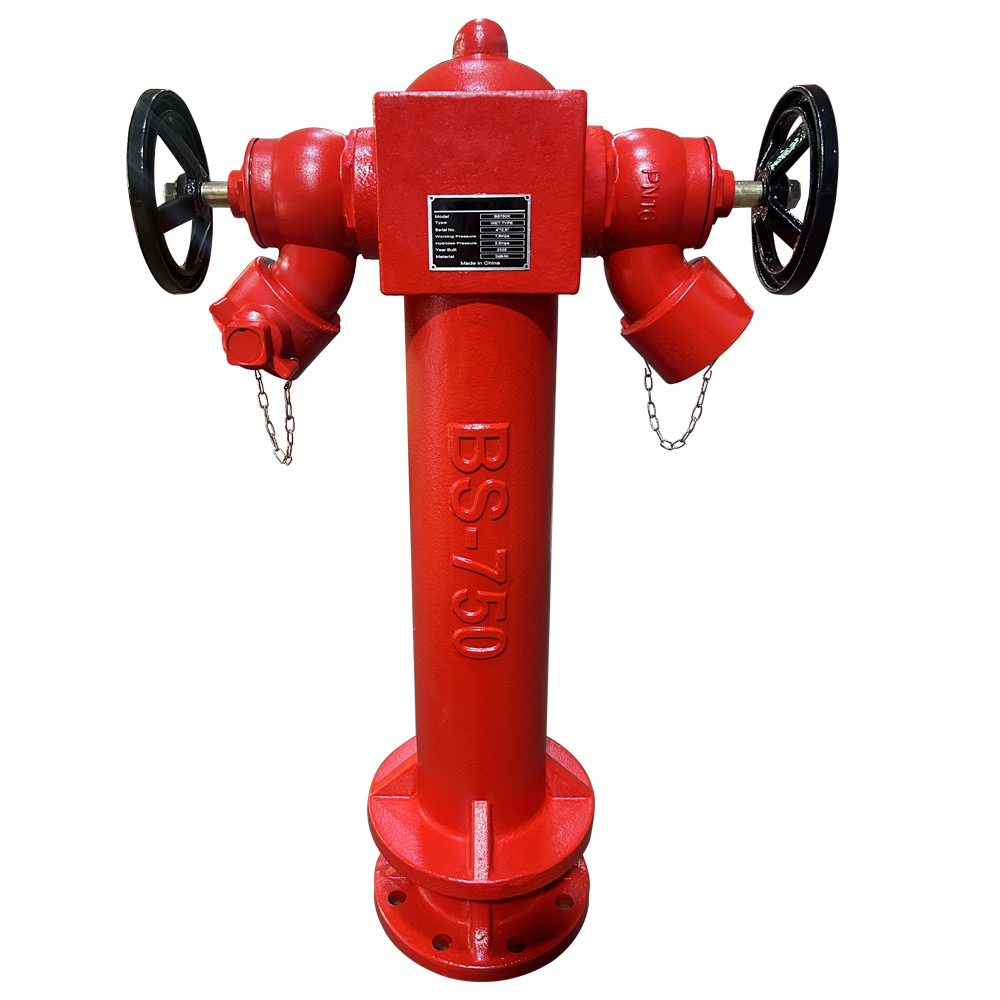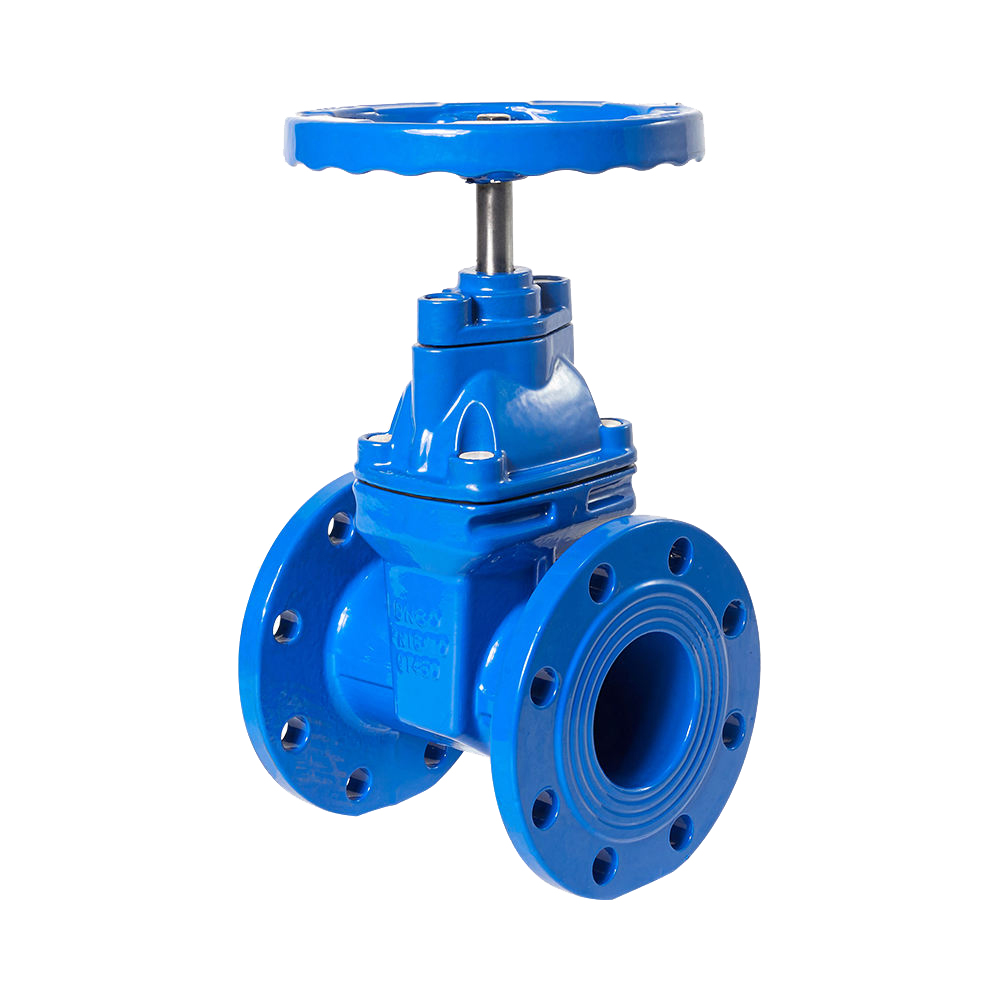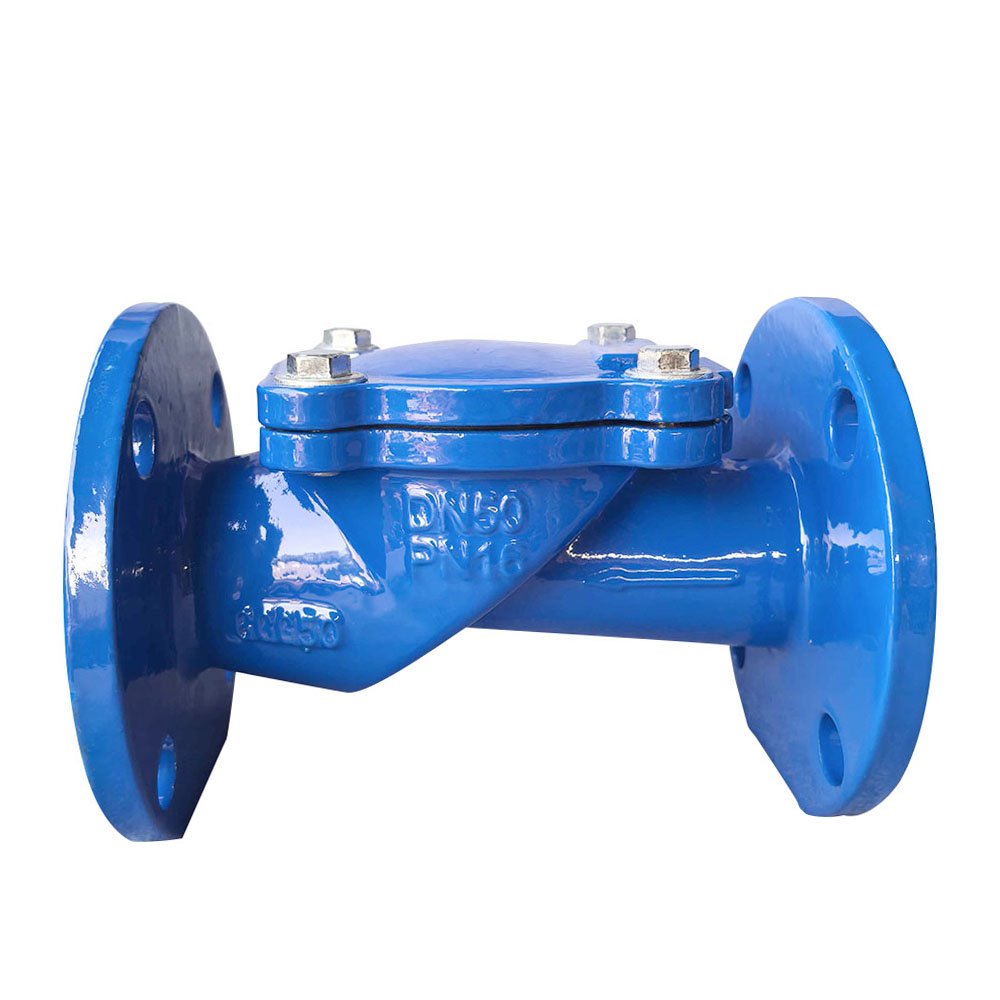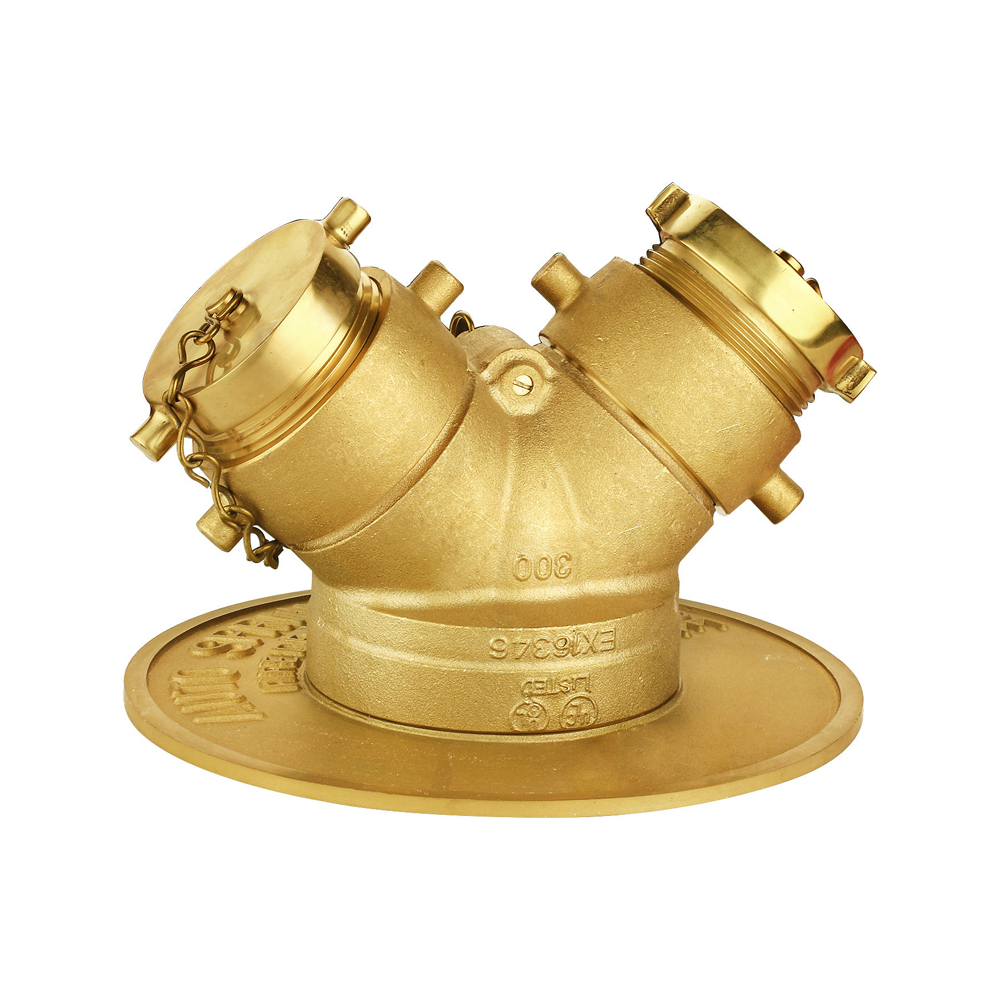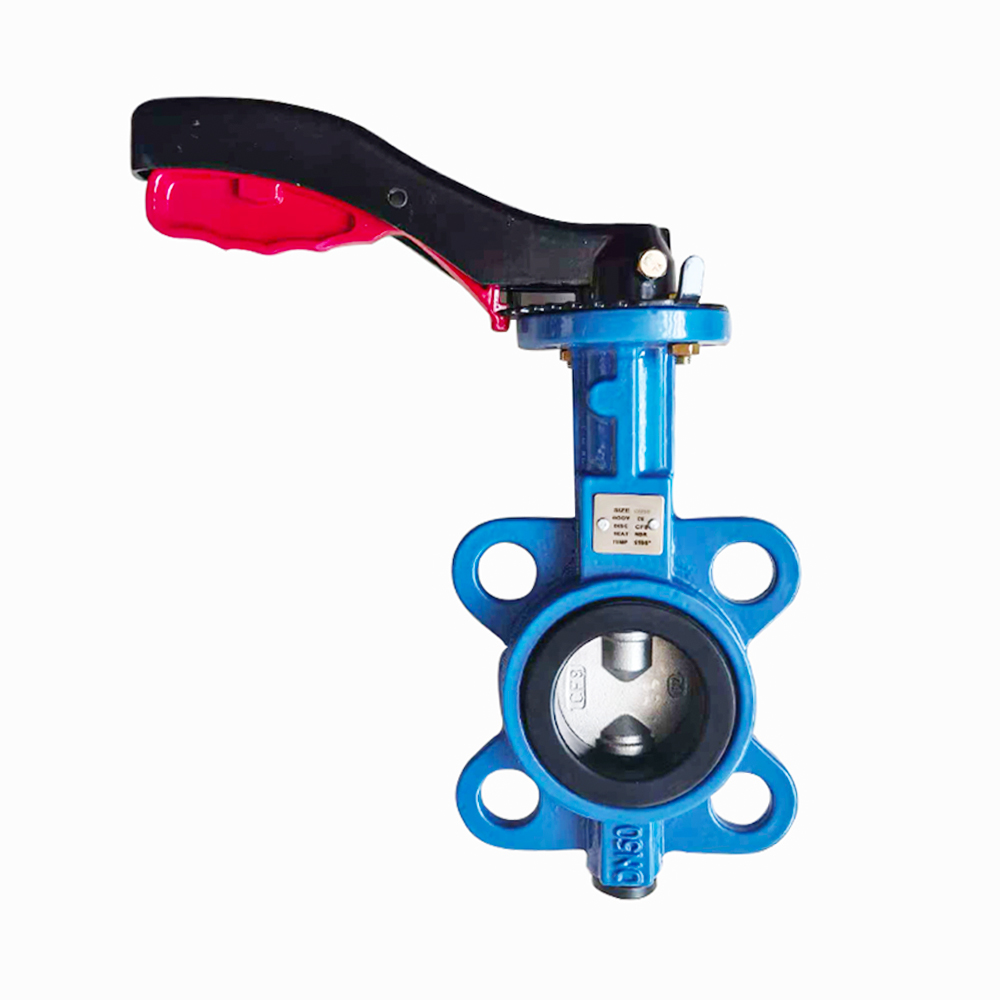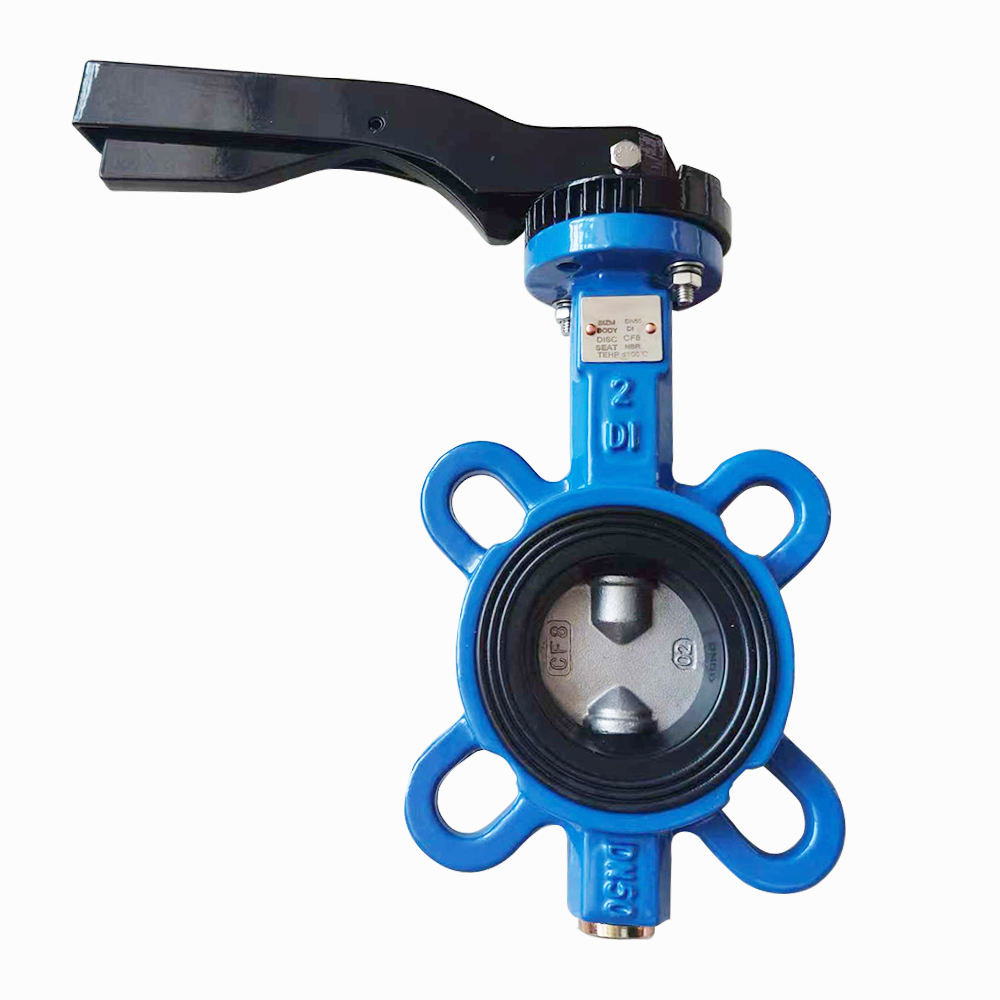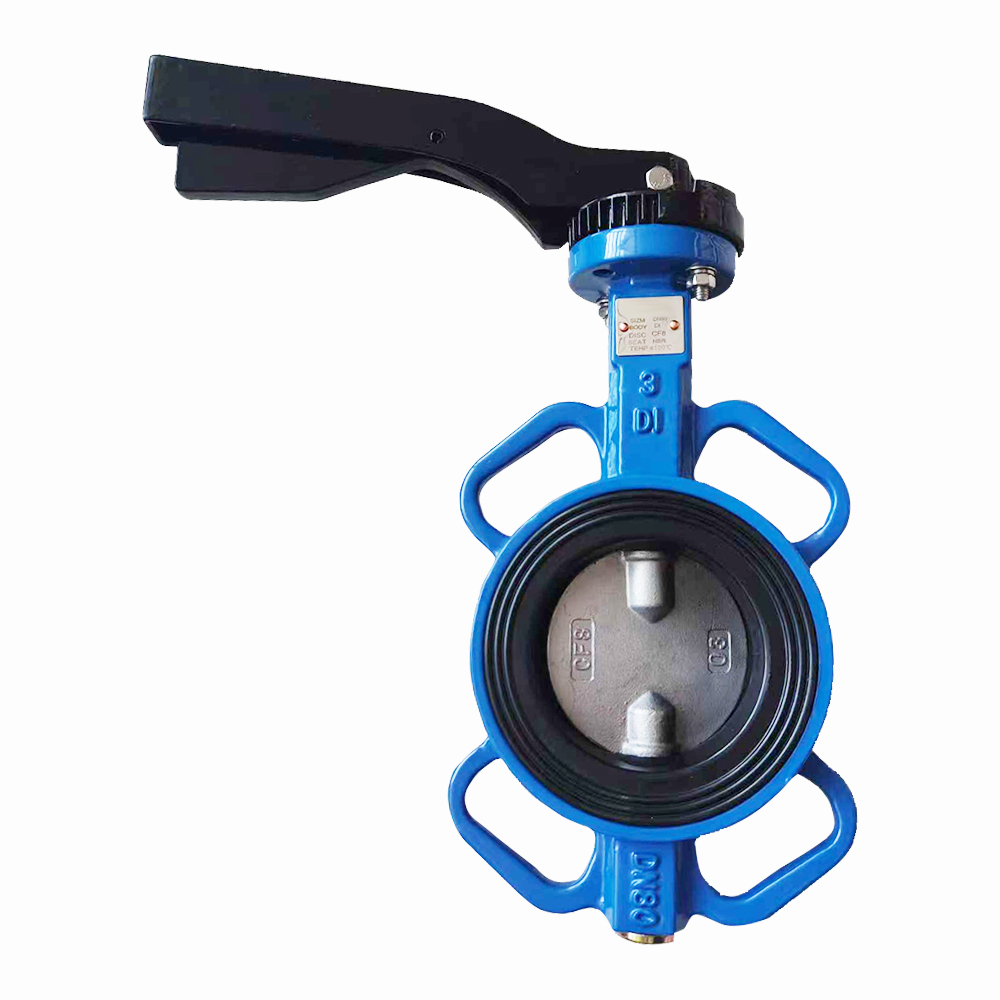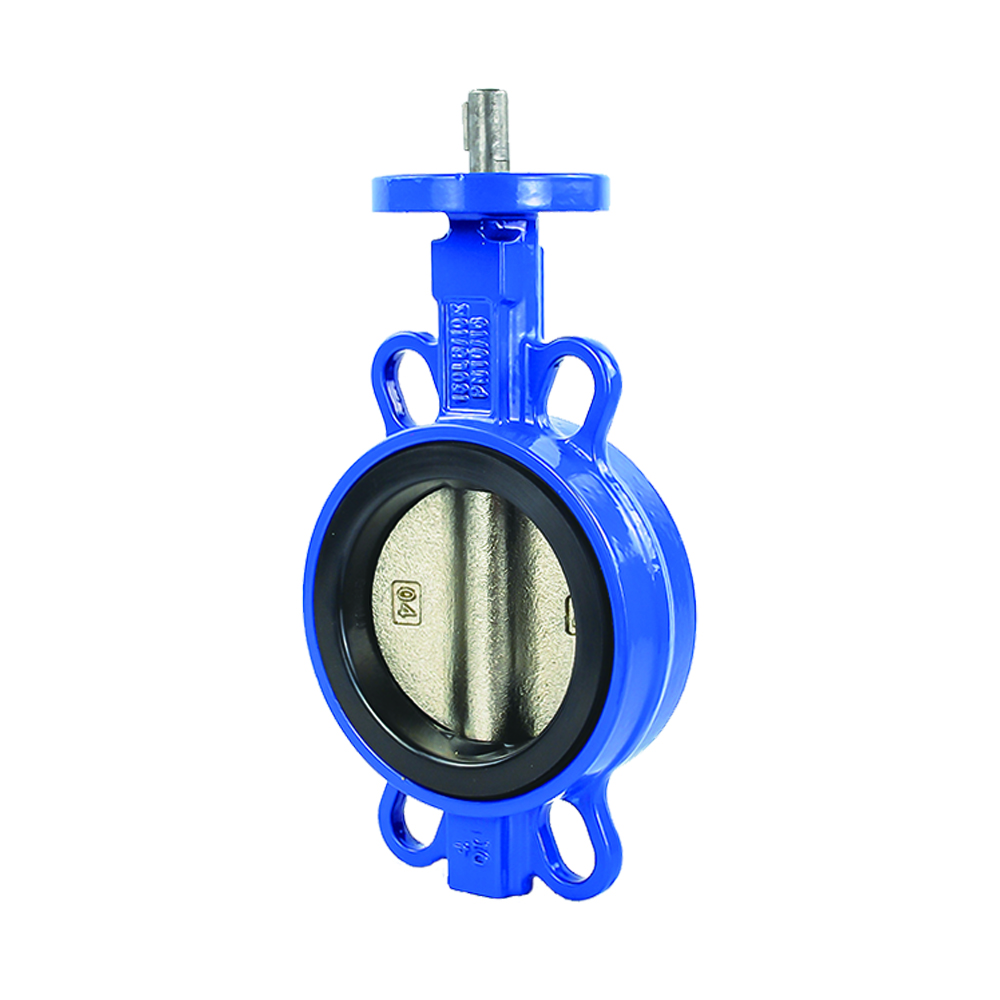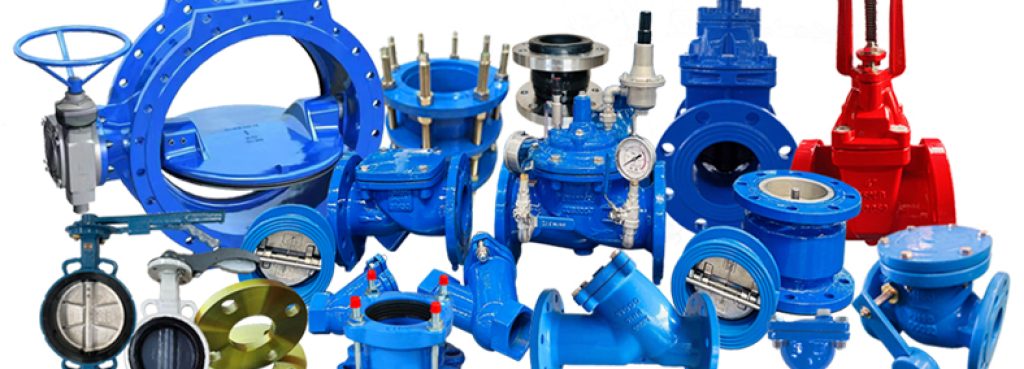
Gate Valve Repair and Replacement Guide
- Home
- »
- Technical Guides
- »
- Gate Valve Repair and Replacement Guide
Table of Contents
Introduction
Gate valve repair is an essential maintenance practice because gate valves are among the most widely used shut-off valves in plumbing, water supply systems, and industrial applications. Over time, problems such as leakage, corrosion, or blockage may occur. This guide explains both gate valve repair and gate valve replacement, while also covering the essential parts of a gate valve and the most important gate valve components you need to know.
Common Problems That Require Gate Valve Repair
Stuck or jammed stem – cannot fully open or close the valve.
Leakage at the packing gland or seat – often caused by worn seals.
Rust, corrosion, or internal wear – reduces efficiency and sealing ability.
Water flow restriction – due to debris or buildup inside the valve.
For more details on how valve design impacts performance, check out our guide on rising stem vs non-rising stem gate valves.
Parts of a Gate Valve You Need to Know Before Repairing
Before attempting any gate valve repair, it is important to understand the key components of a gate valve:
Body – the main structure that holds everything together.
Stem – transmits motion from the handwheel to the gate.
Gate/Disc – blocks or allows the flow of liquid.
Packing Gland – ensures proper sealing to prevent leakage.
Seat – the surface where the gate disc closes tightly.
Explore our full article on gate valve types, stem designs & materials explained to better understand how different valves work.
Step-by-Step Gate Valve Repair Guide
Shut off the water or process line before working.
Disassemble the packing gland carefully.
Inspect the gate and stem for wear or bending.
Replace the packing, O-rings, or seals if damaged.
Resurface or replace the gate/disc if heavily worn.
Reassemble and test the valve under pressure.
Tip: For minor leaks, replacing the packing is often enough. For severe wear, full replacement may be more cost-effective.
When to Consider Gate Valve Replacement
Sometimes, gate valve repair is not sufficient, and replacement is the best solution. Consider replacing the valve if:
The valve body is severely corroded or cracked.
The seat or disc is worn beyond repair.
The valve requires frequent repairs, costing more than replacement.
The application has changed and a different gate valve type is more suitable.
Conclusion
Understanding gate valve repair and replacement helps extend the lifespan of your plumbing and industrial systems. If repair is not enough, choosing the right gate valve manufacturers is crucial. For more insights on design differences, check out our guide on what is a gate valve used for.

